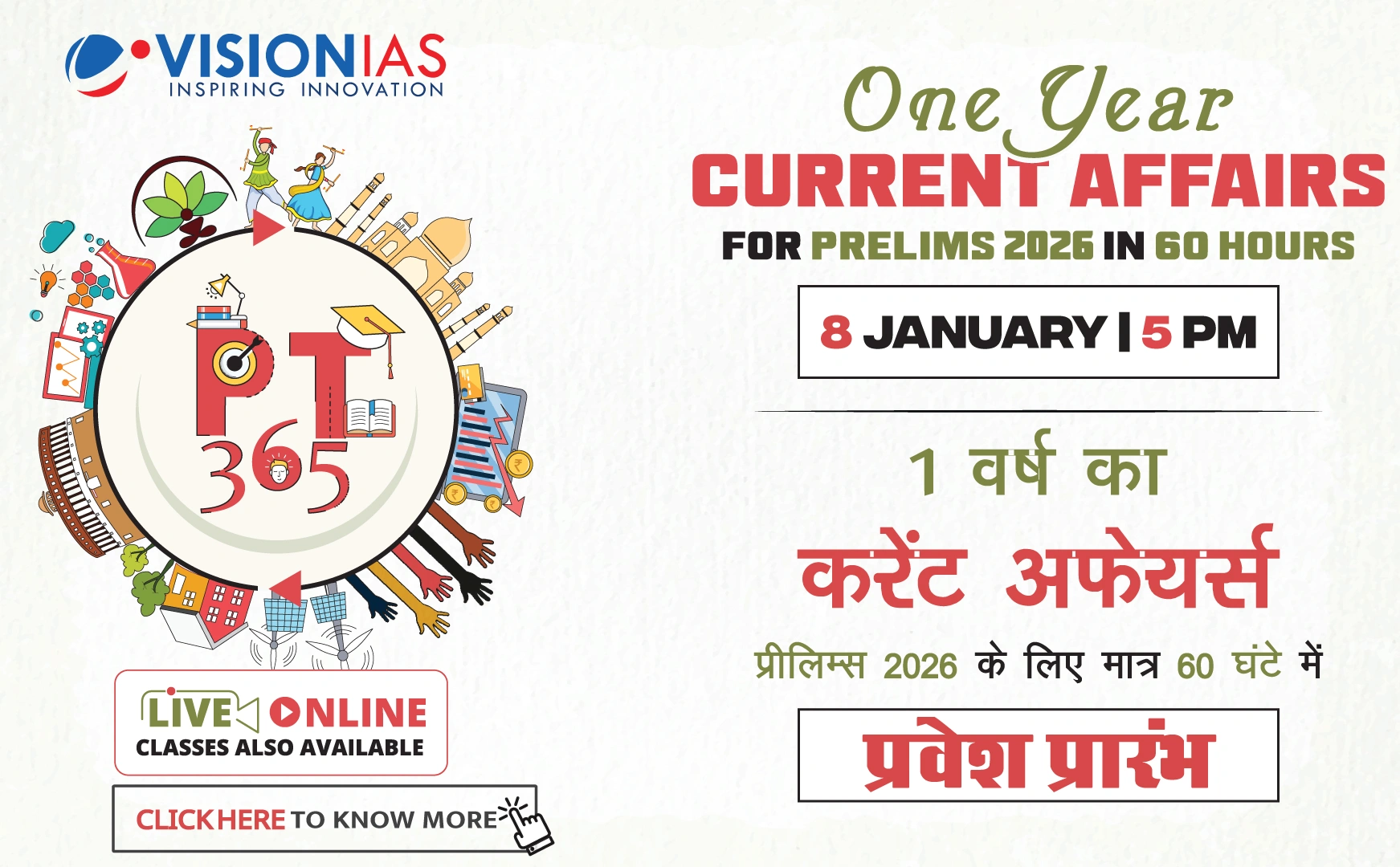Domestic Migration in India: Key Findings
The Economic Advisory Council to the Prime Minister (EAC-PM) reported a significant slowdown in domestic migration in India, with a decrease of 11.78% in the number of migrants compared to the 2011 Census.
Migration Statistics
- Total Migrants 2023: Estimated at 40.20 crore.
- Total Migrants 2011: Recorded at 45.57 crore.
- Migration Rate 2011: 37.64% of the population.
- Migration Rate 2023: Estimated at 28.88%.
Data Sources and Methodology
- The report titled "400 Million Dreams!" utilized three datasets:
- Indian Railway Unreserved Ticketing System (UTS) data on passenger volumes.
- Mobile telephone subscribers' roaming data from the Telecom Regulatory Authority of India (TRAI).
- District-level banking data on remittances.
- The method aims to provide a general trend, with accuracy pending validation from the upcoming decennial Census.
Hypothesized Causes for Slowing Migration
- Improved economic opportunities in smaller cities.
- Better services such as education, health, infrastructure, and connectivity.
- Overall economic growth contributing to reduced migration from major cities.
Migration Trends and Patterns
- Top origin districts revolve around major urban agglomerations like Delhi, Mumbai, Chennai, Bangalore, and Kolkata.
- Top recipient states now include West Bengal and Rajasthan, while Andhra Pradesh and Bihar have lowered rankings.
- Significant growth in migrant arrivals in West Bengal, Rajasthan, and Karnataka.
- Key districts attracting migrants: Mumbai, Bengaluru Urban, Howrah, Central Delhi, Hyderabad.
- Top origin districts: Valsad, Chittoor, Paschim Bardhaman, Agra, Guntur, Villupuram, Saharsa.
Seasonal Migration Patterns
- TRAI roaming data indicates high migration movement in April-June and secondary highs in November-December.
- Post-pandemic migration levels are significantly lower, with May 2023 levels 6.67% lower than those in May 2012.
Challenges in Migration Data Tracking
Despite other reports like those from the Ministry of Statistics & Programme Implementation and the Ministry of Housing and Urban Poverty Alleviation, tracking migration trends regularly remains challenging.



